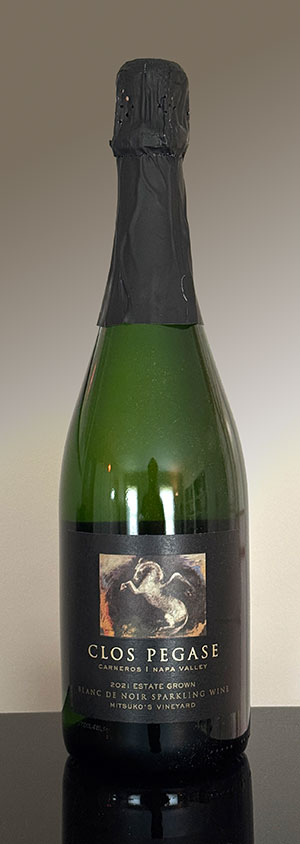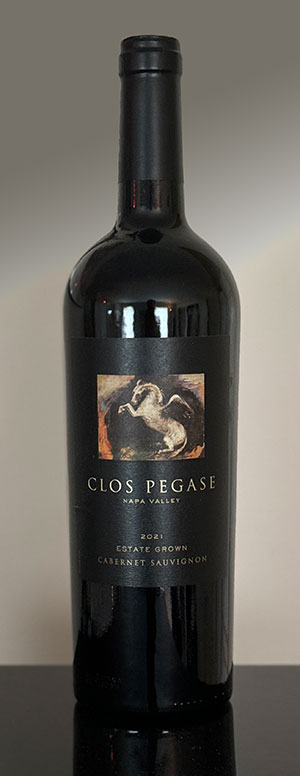 A Christmas Souffle
A Christmas Souffle
There are few things as elegant, or as easy to make, as a souffle. My stepdaughter and her partner dropped by for Christmas, and he mentioned that, even though he is 45, he had never had a savory souffle, much less made one. I assured him it was really simple, so I whipped up one with salmon. The recipe is below if you want to make one as well. But first, the wine.
Clos Pegase Pinot Noir Mitsuko’s Vineyard 2016
This wine pours a jewel-like ruby red into the glass. The nose greets you with aromas of vanilla and ripe red cherries. Those cherries come forward on the palate, along with hints of cinnamon and clove. There is harmonious balance between the oak, acid, and tannins. It’s all rounded out by a nice medium finish. it paired quite nicely with:
Salmon Souffle 2019
I first learned to make souffles from The New York Times Cookbook by Craig Claiborne, and that was the starting place for this one.
3 Tbl butter
3 Tbl flour
4 oz. sliced mushrooms
1 C milk or half and half
4 eggs, separated
Salt and dry mustard to taste
2 Tbl teriyaki sauce
14 oz. can salmon
Preheat oven to 375 deg. F.
1. Melt the butter in a saucepan and saute the mushrooms until lightly browned.
3. Stir in the flour and blend with a wire whisk. Meanwhile, drain the salmon into a 1 cup measure. Add enough milk to come to 1 cup. Bring the milk to a boil, and add all at once to the butter-flour mixture (aka a roux), stirring with the whisk until thickened and smooth. Let cool.
3. Beat in, one at at time, the four egg yolks. Season with salt, mustard, and teriyaki sauce.
4. Flake the salmon, and blend well into the white sauce and egg mixture.
5. Using a rotary beater or an electric mixer, beat the egg whites until they stand in peaks. Do not over beat. Fold the whites gently into the salmon mixture with a rubber spatula or wooden spoon, being careful not to overblend.
6. Pour into a 1-1/2 quart souffle dish, which may be greased or ungreased. Place in oven and bake thirty to forty minutes. Serve with Hollandaise sauce.
https://www.clospegase.com/
Top of page: https://winervana.com/blog/




 A Christmas Souffle
A Christmas Souffle